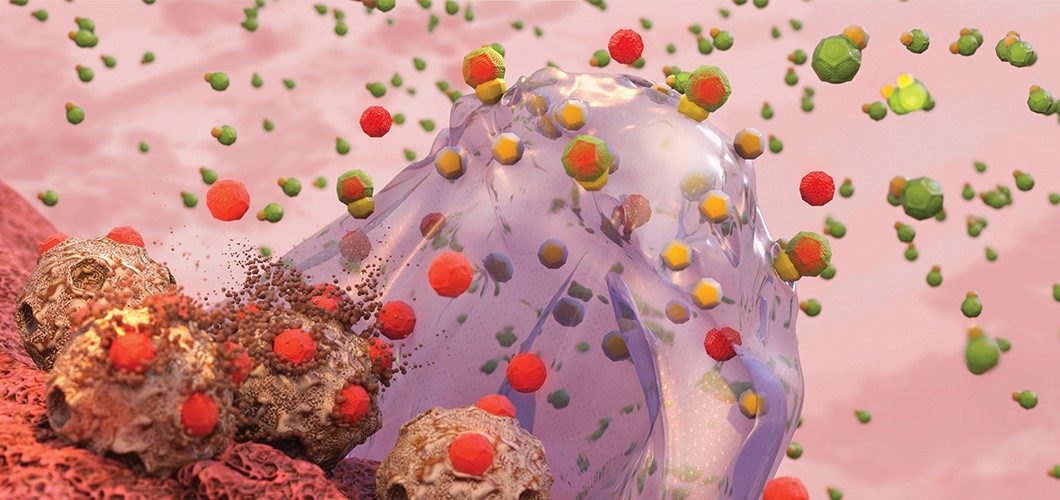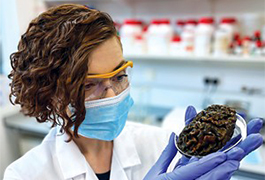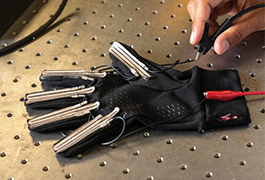Locally-Activated Chemo Drug Dodges Hair, Weight Loss
Sarcoma is an aggressive form of cancer responsible for up to 20% of childhood cancers. Tumors often first appear in the extremities and the abdomen. Surgery is a primary treatment, but it is often combined with chemotherapy. In a recent issue of ACS Central Science, researchers propose a scheme to target chemotherapy medications specifically to sarcomas, leading to greater efficacy and fewer side effects.
Jose Mejia Oneto, Max Royzen, and colleagues developed a technology that shields a toxic and commonly used chemotherapeutic, doxorubicin, until it comes into contact with an activating agent held at the tumor site by a polymer material. While both the traditional delivery of doxorubicin and the new approach were successful in the initial treatment of sarcoma tumors in mice, only the site-activated drug kept the cancer from coming back. In addition to a better therapeutic outcome, the local activation strategy had fewer side effects. In particular, the researchers did not observe a decrease in new red blood cells, a marker of bone marrow suppression, which limits the tolerable dose in patients. Other unpleasant side effects, such as weight loss or changes in hair, were not observed compared with those treated conventionally. The authors intend to leverage the lower toxicity of their treatment to investigate whether shorter courses of their therapy using higher doses are even more effective, and expand this approach to other solid tumors and drugs.
The authors acknowledge funding from the National Science Foundation, State University of New York at Albany, and Shasqi.
Read more about the research: “In Vivo Bioorthogonal Chemistry Enables Local Hydrogel and Systemic Pro-Drug to Treat Soft Tissue Sarcoma,” ACS Central Science, 2016, 2(7), pp 476–482.





